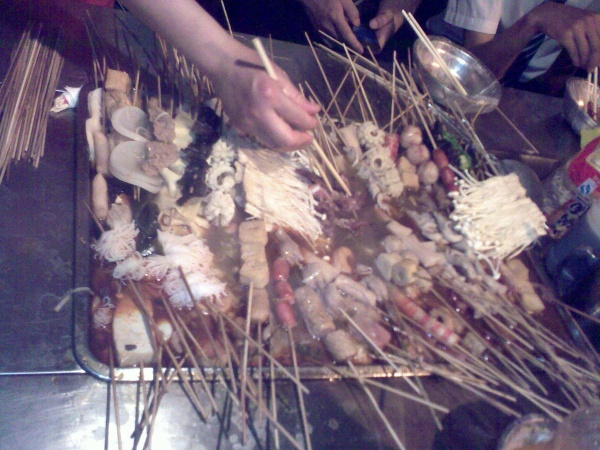Facts About Malatang
Malatang is a cherished Chinese street food originating from Sichuan. Its name is derived from its signature ingredient, mala sauce, which combines Sichuan pepper and dried chili pepper to create a distinctive numbing and spicy flavor.
The dish has its origins in the Yangtze River region near Sichuan. It is believed that boat trackers, enduring harsh and damp conditions, developed malatang to fend off illness. Sensing a lucrative opportunity, vendors began selling it, and soon malatang proliferated throughout China.
In contrast to hot pot, which is typically enjoyed at a table and prepared to order, malatang offers more of a street food experience. It is cooked in a communal pot, and patrons can select their own ingredients, which are then simmered in a mildly spicy broth. Pricing methods can vary; some vendors charge based on the number of skewers used, while others price by weight. In the skewer system, you pay for the number of empty sticks left over after eating. In the weight-based system, you fill a bowl with your chosen ingredients, which are weighed before being cooked in the spicy broth.
On December 1, 2017, the General Administration of Quality Supervision, Inspection and Quarantine, along with the National Standards Management Committee, standardized the English translation of public service terms, officially naming malatang as "Spicy Hot Pot."
Malatang has become especially popular in northern China, with Beijing experiencing a surge in malatang shops. These establishments typically display ingredients on shelves, allowing customers to pick what they desire. The price is then determined by the weight of the selected items. Before serving, the dish is usually seasoned with garlic, black pepper, Sichuan pepper, chili pepper, sesame paste, and crushed peanuts, making it a flavorful and customizable meal.
